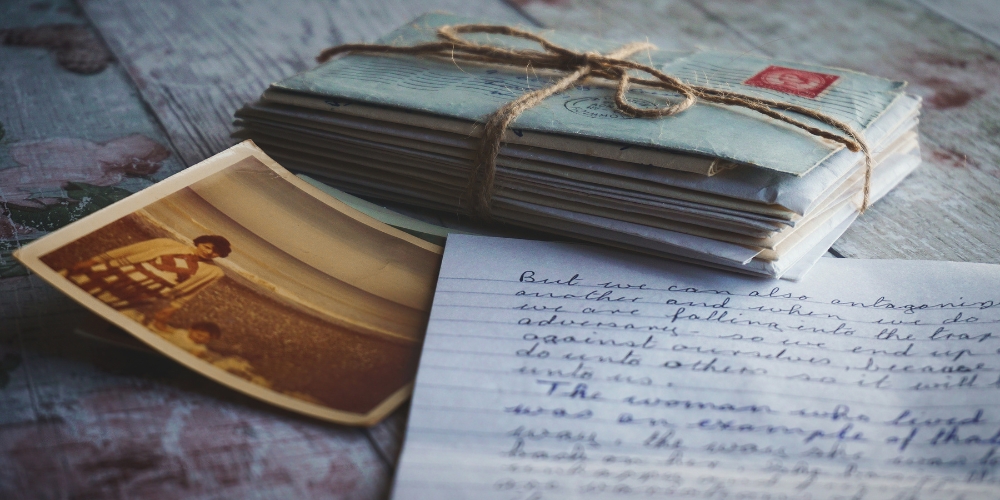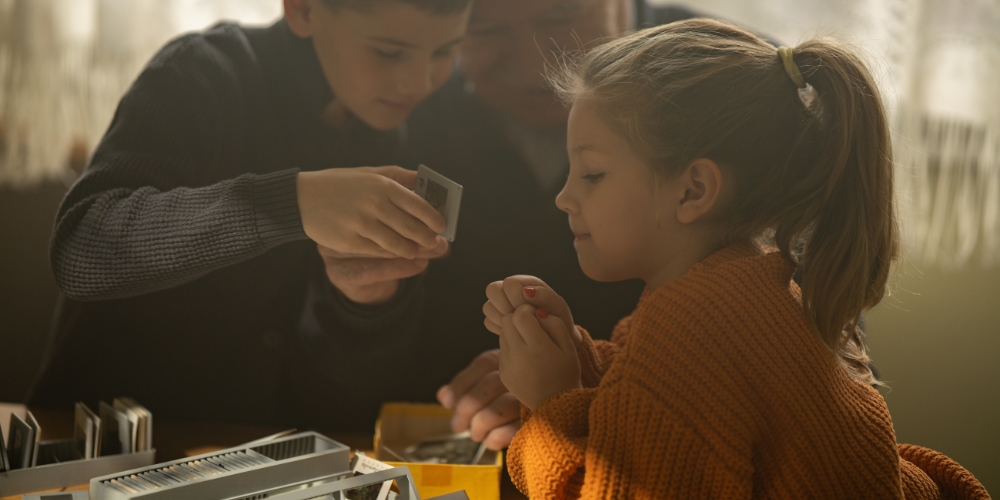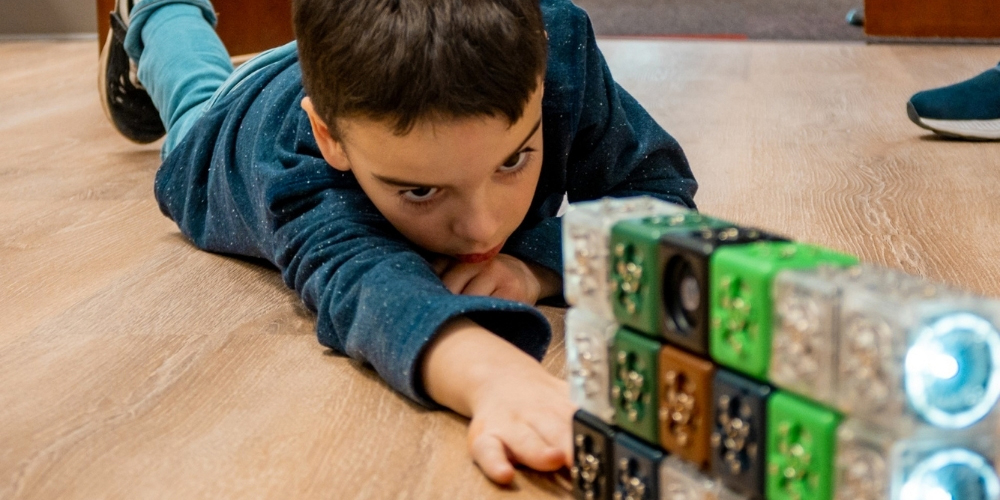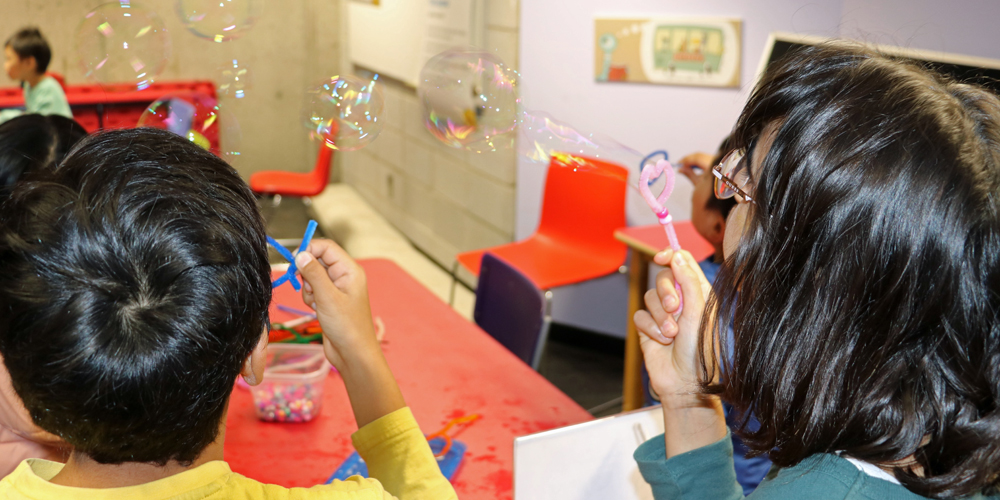
Tips on Preserving & Storing Your Family History
Properly sorting and carefully storing collected histories is not just for libraries, museums, and archives. Your family history and personal collections are important, too! Follow these simple steps to save your treasures for future generations to enjoy.
Organize, Organize, Organize
Before diving right into your family history project, think about how you might want to arrange your collection of materials. You can group your items by related activities, functions, or a common characteristic. For example, organize your items by physical format, such as photographs or documents. Or you can organize by subject, like family member name.
Store Like An Archivist
Preventing damage is the key to preserving your items. Once you have reviewed and taken an inventory of your collection, the next step is to plan for proper long-term storage. Different types of documents and inks degrade at different rates and can stain other items they touch. So, using archival folders and heavy archival plastic sleeves helps support fragile documents. Place each item in an acid-free, lignin-free folder or archival plastic enclosure for long-term storage. Transparent polyester sleeves make it easy to view and share your collections. And then, make sure you store each individually enclosed item inside an acid-free archival box, too.
Handle With Care
The most common damage to personal items, such as historical photographs and documents, comes from handling. The best way to provide preventative measures is to limit handling. A well-housed and properly organized collection makes it easier to find specific items and limits the amount of handling to the whole collection.
Remove All Fasteners
Remove all paper clips, rubber bands, and tape. Over time, these things can decay or stain the items they touch. A metal paper clip takes little time to leave a rusty imprint! Remove photographs from sticky, deteriorating magnetic photo albums.
Choose a Safe Environment
When looking for where to store your family archive, choose a location limiting exposure to light, dust, pests, smoke, and excess moisture.
Exposure to all light (visible and ultraviolet) can cause fading, darkening, and other unwelcome changes. The best protection is to display copies of the originals and keep the originals stored away.
Archival collections benefit from being stored in a cool, dry, and well-ventilated space. The lower the temperature, the longer your items will last. Never store your collection in the attic or basement, where mould growth and insect activity are more likely.
Create Reproduction Copies
Creating digital copies is one of the best ways to preserve your historical materials. But before you plan to digitize your family archive, taking the preventative measures we've outlined is important. Establishing a digital file naming convention is key once you're ready for the next step. Your digital archive needs to be just as organized as your physical archive.

Document & Record Oral Histories
When capturing family stories, we often focus on physical objects. But one of the simplest and most special ways to preserve your family history is by helping others share their stories. You can learn a lot from older family members. Set aside time to talk with your elders and ask questions about previous generations—you'll be glad you did!
If you have questions about preserving your family archives, please don't hesitate to contact our Local History & Digital Archive Coordinator through our online form.




